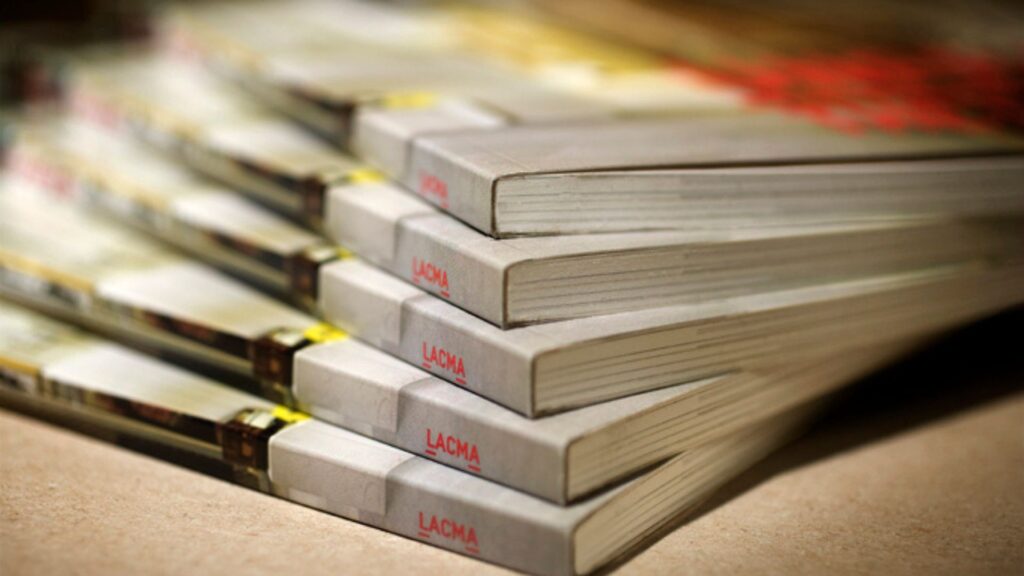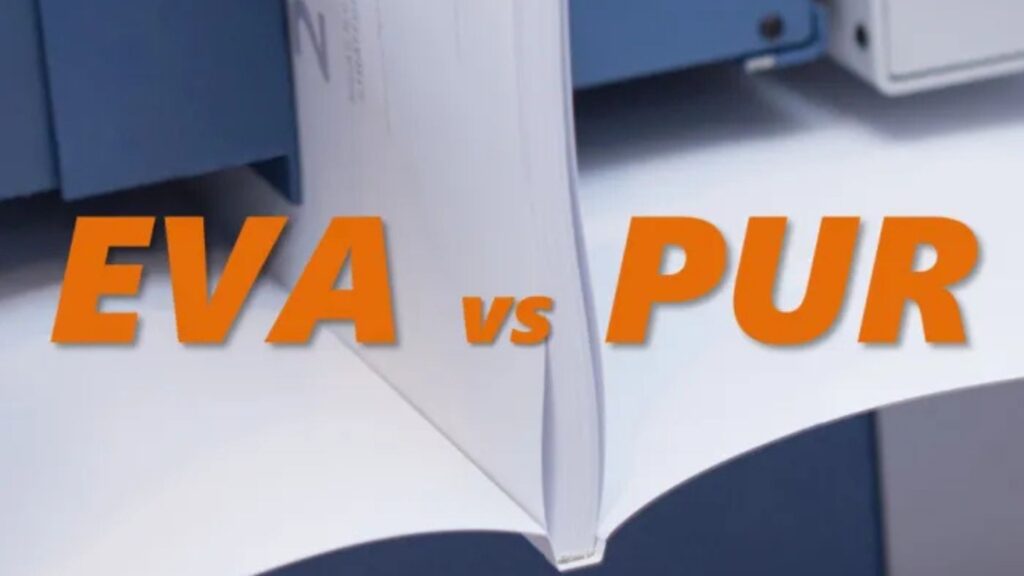
Binding glue plays a critical role in bookbinding, affecting the durability, flexibility, and overall quality of the finished product. Two of the most common adhesives used in perfect binding are EVA (Ethylene Vinyl Acetate) and PUR (Polyurethane Reactive) glue. Each glue type has distinct characteristics, strengths, and limitations, making them suitable for different binding applications. This article compares EVA and PUR binding glues to help publishers, printers, and binders make informed decisions for their projects.

What is EVA Glue?
EVA glue is a hot-melt adhesive commonly used in traditional perfect binding. It melts when heated and solidifies as it cools, creating a bond between the spine of the book block and the cover.
Key Characteristics of EVA:
-
Melts at relatively low temperatures (around 120°C)
-
Quick setting time
-
Cost-effective and widely available
-
Suitable for most paper types
What is PUR Glue?
PUR glue is a reactive adhesive that cures chemically when exposed to moisture. Unlike EVA, it remains flexible after curing and offers superior bonding strength.
Key Characteristics of PUR:
-
Higher melting point (around 150°C to 180°C)
-
Longer open time before curing
-
Bonds well to a wider range of materials, including coated papers and synthetic substrates
-
Provides excellent durability and flexibility
Comparison of EVA and PUR Glues
| Feature | EVA Glue | PUR Glue |
|---|---|---|
| Bond Strength | Good for standard paper types | Superior, especially for coated/synthetic papers |
| Flexibility | Less flexible; can crack with repeated opening | Highly flexible; resists cracking and spine damage |
| Heat Resistance | Moderate | High |
| Moisture Resistance | Low | High; resists humidity and moisture damage |
| Curing Time | Immediate cooling | Chemical cure takes hours to days |
| Cost | Lower cost | Higher cost |
| Application Equipment | Standard hot-melt machines | Specialized PUR equipment required |
| Environmental Impact | EVA is solvent-free and generally safe | PUR is more chemically complex, needs careful handling |
| Recyclability | Easier to recycle due to simpler composition | More challenging to recycle due to chemical bonding |
Advantages of EVA Binding Glue
EVA glue has long been the industry standard for perfect binding due to its reliability and ease of use. It works well with uncoated paper stocks and is ideal for fast, high-volume production runs. EVA glue’s fast set time helps increase throughput, making it cost-efficient for many publishers.
Advantages of PUR Binding Glue
PUR glue excels in durability and versatility. Its strong bond to coated and synthetic papers makes it perfect for premium products such as photo books, catalogs, and magazines. Because PUR remains flexible, books bound with it resist spine cracking even after repeated use. PUR binding is also more moisture-resistant, which improves shelf-life and user experience.
Limitations of Each Glue Type
-
EVA: Its lower flexibility and moisture resistance can lead to spine cracks and weakened bonds in high-use or humid conditions. It also struggles with coated or synthetic papers, which may cause delamination.
-
PUR: While superior in performance, PUR glue requires higher investment in equipment and safety precautions due to its chemical curing process. It also has a longer curing time, which can slow down production if not managed properly.
Which Glue Should You Choose?
-
Choose EVA if:
You need a cost-effective, fast, and reliable glue for standard paper types and high-volume production. -
Choose PUR if:
Your project demands premium quality, durability, flexibility, and you’re working with coated or synthetic materials.
Conclusion
Both EVA and PUR binding glues have their place in modern bookbinding. EVA remains a trusted choice for general use due to its speed and cost-effectiveness. PUR, however, is becoming increasingly popular for high-end and specialty applications thanks to its superior strength and flexibility. Understanding the differences allows publishers and binders to select the best adhesive based on their specific needs and priorities.







